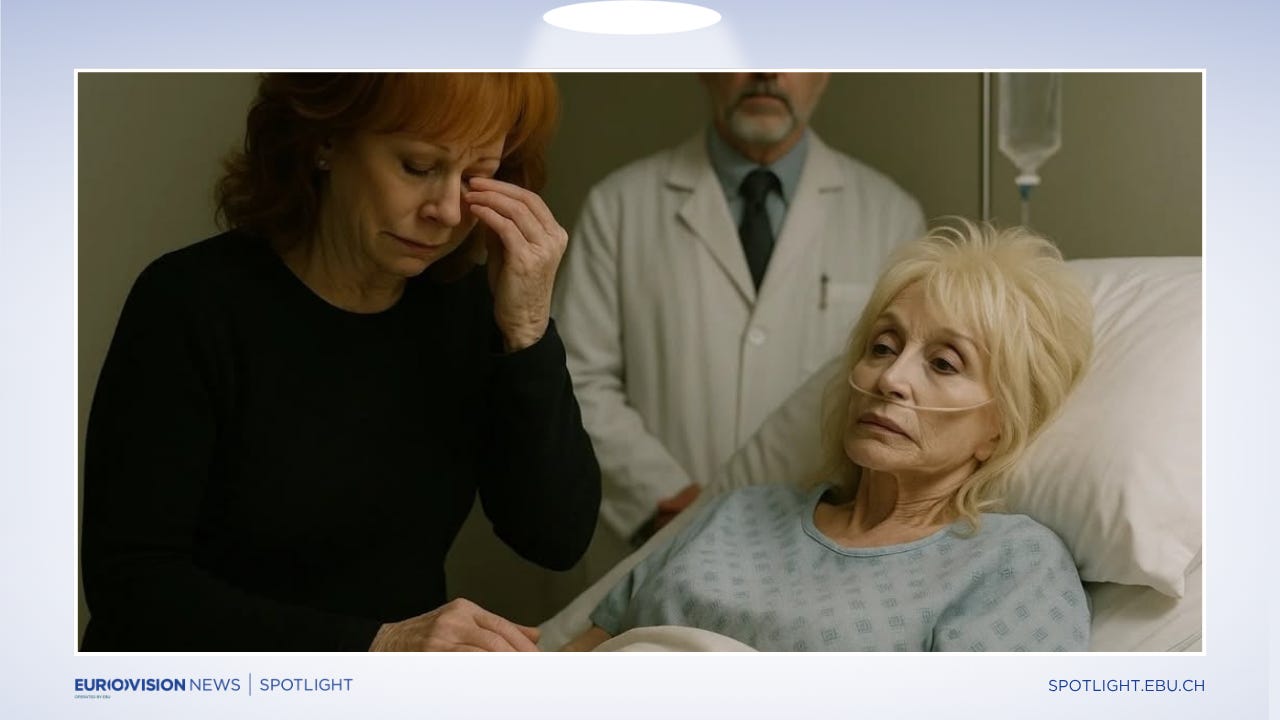Reba McEntire Condemns AI Hoax About Dolly Parton
Reba McEntire condemns an AI-generated hoax about Dolly Parton, emphasizing the importance of verifying facts and supporting her fellow artist amid misinformation.

Reba McEntire Condemns AI Hoax About Dolly Parton
Country music icon Reba McEntire has publicly condemned a disturbing artificial intelligence (AI)-generated hoax depicting her at the supposed deathbed of fellow star Dolly Parton. The false imagery and accompanying rumors suggesting Parton's critical condition quickly circulated on social media, sparking confusion and concern among fans worldwide. McEntire responded firmly to the misinformation, clarifying the fabricated nature of the images and sending heartfelt prayers and love to Parton, reinforcing the importance of verifying facts in an age of advanced digital forgery.
The Hoax and Viral Spread of AI-Generated Misinformation
The controversy began when AI-manipulated photos appeared online, showing Reba McEntire by Dolly Parton's bedside, implying that Parton was gravely ill or had passed away. These images were not only fabricated but also deliberately crafted to exploit AI’s ability to create highly realistic yet entirely false visual content. The hoax rapidly gained traction on social media platforms, leading to widespread panic among fans and significant media attention.
Reba McEntire quickly took to social media to debunk the rumors, stating unequivocally that the images were false and that Dolly Parton was alive and well. McEntire emphasized the emotional toll such misinformation can have on the artists' families, friends, and fans, while urging the public to approach sensational claims with skepticism and to rely on verified sources for news. She expressed her love and prayers for Dolly, highlighting the strength and resilience of her friend and colleague in the music industry.
AI and the Growing Challenge of Digital Misinformation
This incident underscores the increasingly complex challenges posed by AI-generated content in the digital age. AI tools can now create hyper-realistic images and videos, which can be weaponized to spread false narratives quickly and convincingly. The Dolly Parton deathbed hoax is a stark example of how AI can be misused to fabricate emotional and damaging stories that affect public perception and personal reputations.
Experts warn that as AI technology becomes more accessible and sophisticated, the risk of such hoaxes will only increase. This situation calls for enhanced digital literacy among the public and stricter verification protocols by social media platforms and news outlets to mitigate the spread of fake news and manipulated media.
Reba McEntire’s Response: A Voice of Reason and Compassion
Reba McEntire’s response was notable not only for its clarity but also for its compassion. By publicly condemning the hoax and offering love and prayers to Dolly Parton, McEntire positioned herself as a voice of reason amid digital chaos. Her statement also serves as a reminder of the human impact behind viral misinformation, stressing the need for empathy and responsible sharing of information.
McEntire’s swift action helped quell rumors and reassured fans, reinforcing the importance of celebrity voices in combating misinformation. She highlighted the bond and mutual respect shared between herself and Dolly Parton, two legendary figures in country music, and called for respect towards their privacy and well-being.
Context: The Impact on Celebrities and Their Audiences
The Dolly Parton deathbed hoax is not an isolated incident but part of a broader trend where AI-generated fake news targets high-profile individuals. Celebrities often face an invasion of privacy and emotional distress due to fabricated stories that can also mislead their fan communities.
For fans, such false reports can cause undue anxiety and confusion, while for artists, they can lead to reputational damage and personal distress. The music industry and media outlets are increasingly recognizing the need for proactive measures to address the misuse of AI technology in spreading falsehoods.
Looking Ahead: Combating AI-Driven Hoaxes
The Dolly Parton hoax, highlighted by Reba McEntire’s public denunciation, signals a critical moment for both the entertainment industry and technology regulators. Key steps to combat these issues include:
- Improved AI detection technologies to identify manipulated images and videos.
- Public education campaigns to raise awareness about AI-generated misinformation.
- Stricter social media policies to rapidly flag and remove false content.
- Support from celebrities and public figures to clarify truths and provide reliable information.
As AI continues to evolve, the collaborative efforts of technology developers, media platforms, celebrities, and audiences are essential to preserve truth and trust in digital communication.
Visual Documentation
- Photos of Reba McEntire addressing the issue on social media.
- Images of Dolly Parton to remind audiences of her ongoing presence and health.
- Screenshots of the AI-generated hoax images (with clear disclaimers of their fabricated nature).
- Visual aids representing AI technology used in image synthesis and digital misinformation.
Reba McEntire’s forthright response to this AI-generated deathbed hoax serves as a cautionary tale about the power and pitfalls of emerging technology. It also highlights the enduring human connections that prevail despite the challenges posed by misinformation in the digital era.



